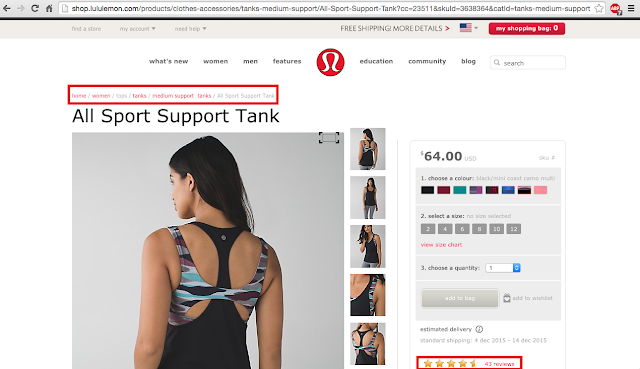What is Personally Identifiable Information?
Personally identifiable information (PII) is "any piece of data that can identify a person, alone or in combination with other data items; also sometimes called personally identifying information" (Roberts & Zahay). As the threat of identity theft increases, so too does the desire to protect this sensitive information. Online consumers feel an increasing pressure to feel safe as they frequently release PII into the Internet in order to make purchases, online accounts, and social media pages.
Currently, "87% of users refuse to give information to a website because it was too personal" (Roberts & Zahay). That is a huge amount of consumers that, understandably, feel hesitant to release information that could help marketers. It is important for companies to ensure privacy policies for their customers' data, and to actively reassure their customers that they take actions to protect their information.
How Nike Protects Their Customers
When purchasing from a company's website, it is important to be aware of the privacy policy held by the company - easily found by typing in "privacy policy for Company X" in Google. Nike's privacy policy is also easily found on their website. Their policy is broken down into several categories that are easily read and found thanks to a spacious layout and bolded headers. Nike adheres to the COPPA act passed by Congress in 1998 to protect children information. Nike specifically states they do not intentionally solicit information from anyone 13 years of age and younger.
Information collected by Nike includes:
Information that we give Nike when we agree to terms and conditions includes:
Releasing personal information on the Internet can always be risky. Identity theft is rising across the globe, and Internet hacking has become a top concern for consumers. There are certain steps that we can take to protect ourselves from identity theft (Roberts & Zahay).
In the last month my blog has has 49 views. Not too low considering November was a slow month for my posts. Just yesterday I had an additional 17 views, due to 3 posts in the last week.
My most popular blog remains my first post with 73 views, 5 up from yesterday! I think this is a result of linking the title in my last post to my first post, encouraging people to check it out.
The majority of my viewers use Google Chrome as their main browser (64%) and tend to prefer using Macs (50%) as opposed to PCs (32%) with the remaining 17% accessing my blog on the iPhone.
Information collected by Nike includes:
- Telephone numbers
- IP addresses
- Browser type and language
- Cookie information
- Name, photos, birthday, gender
- Physical address
- Telephone number
- Contact lists
- Social media info and profile
- Location (GPS) info
- Activity and performance
- Credit card information - when necessary for purchases
Releasing personal information on the Internet can always be risky. Identity theft is rising across the globe, and Internet hacking has become a top concern for consumers. There are certain steps that we can take to protect ourselves from identity theft (Roberts & Zahay).
- Refuse to give unnecessary and too personal of information to websites
- Ask to have your name and address removed from marketing lists
- Ask to not share your name and address with other companies
- Be wary of how company's may use your information. If you have a bad feeling, play it safe
- Set your browser to reject cookies
- Supply false information
Back to Google Analytics
As my semester comes to a close, I am asked to analyze the Google Analytics that is attached to my blog. In my last post I went into my Google Analytics a bit. Since that was so recent, I did not expect the change to be very large.In the last month my blog has has 49 views. Not too low considering November was a slow month for my posts. Just yesterday I had an additional 17 views, due to 3 posts in the last week.
My most popular blog remains my first post with 73 views, 5 up from yesterday! I think this is a result of linking the title in my last post to my first post, encouraging people to check it out.
The majority of my viewers use Google Chrome as their main browser (64%) and tend to prefer using Macs (50%) as opposed to PCs (32%) with the remaining 17% accessing my blog on the iPhone.
Roberts, M., & Zahay, D. (2013). Business Models and Strategies. In Internet marketing: Integrating online and offline strategies (3rd ed., pp. 60- 79). Mason, Ohio: South-Western Cengage Learning.













